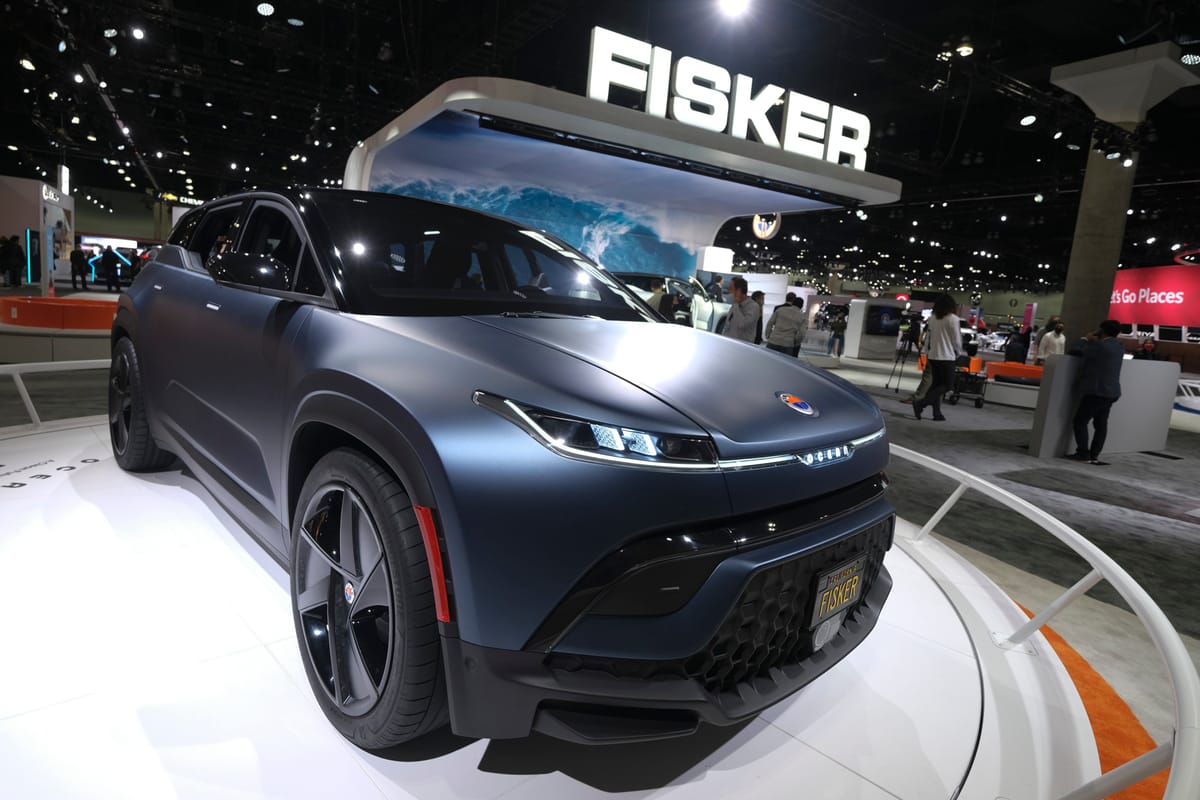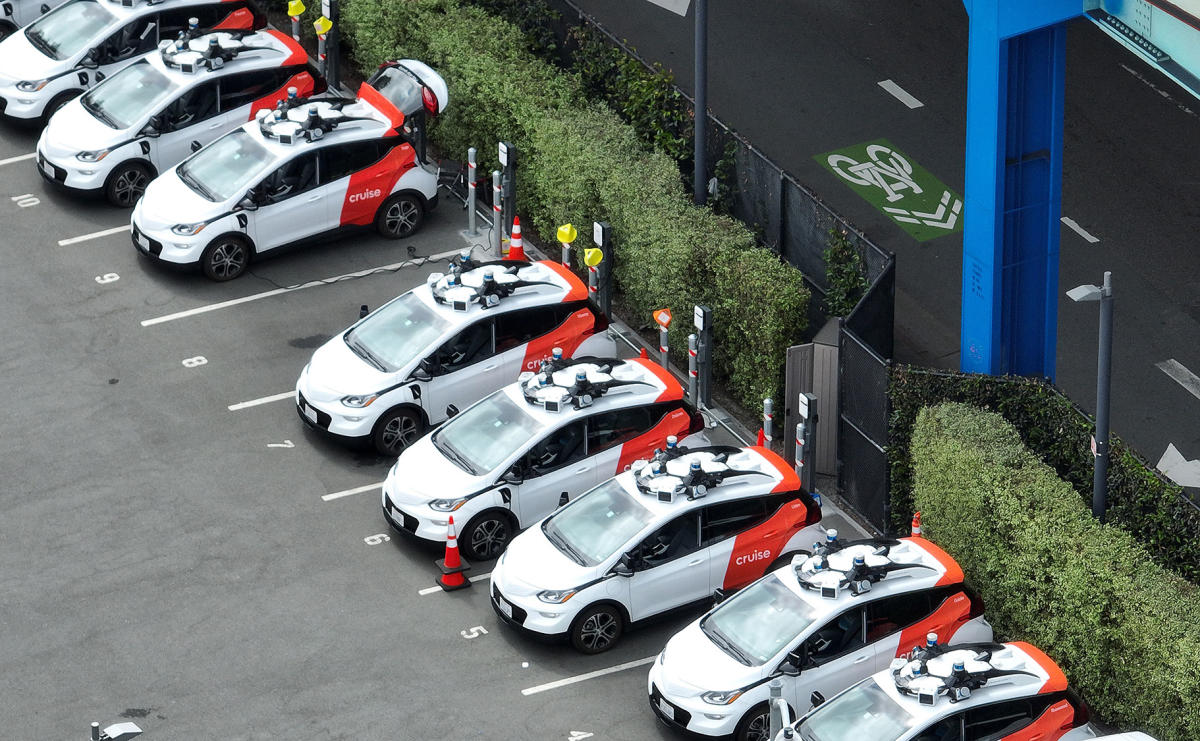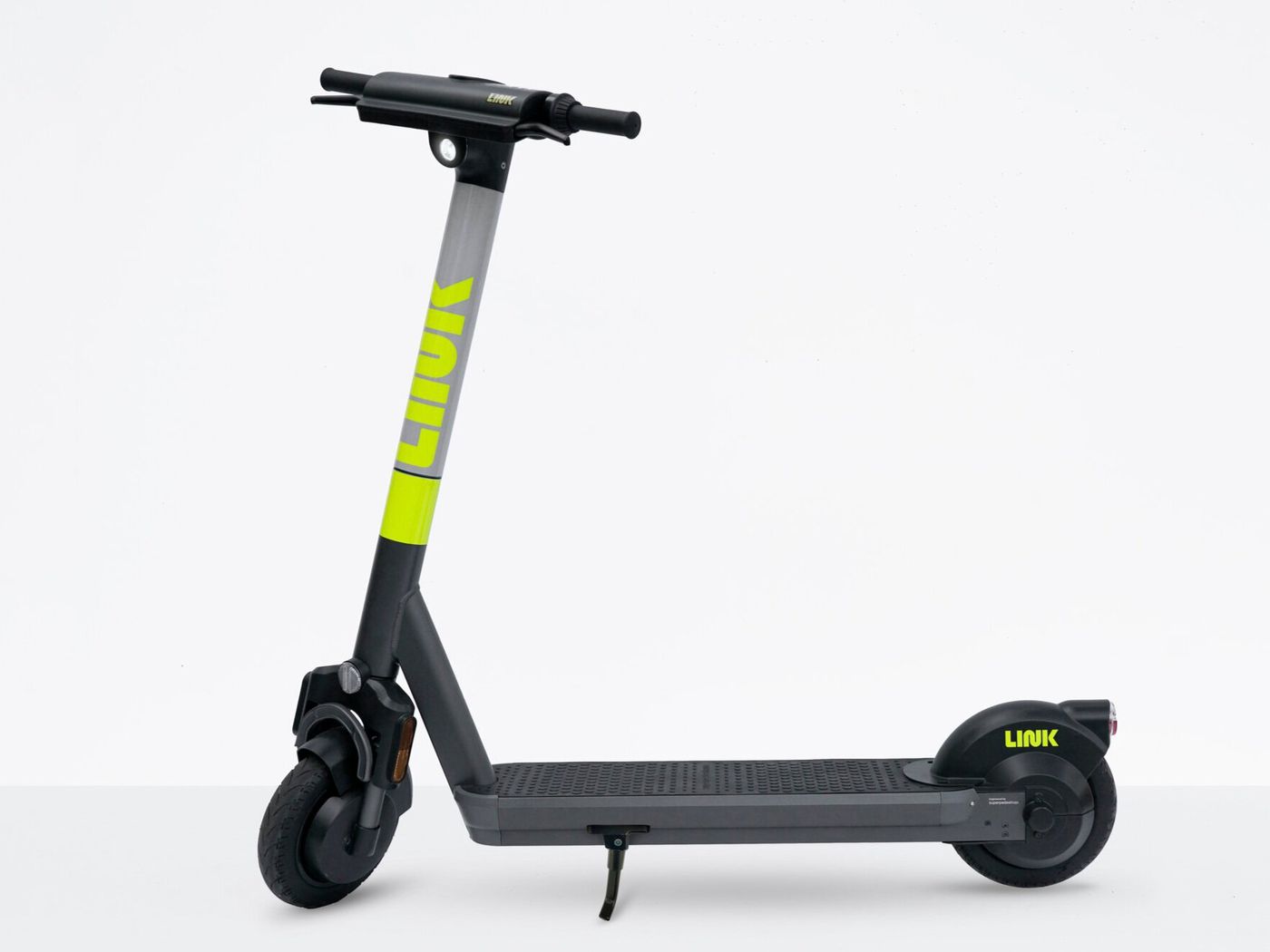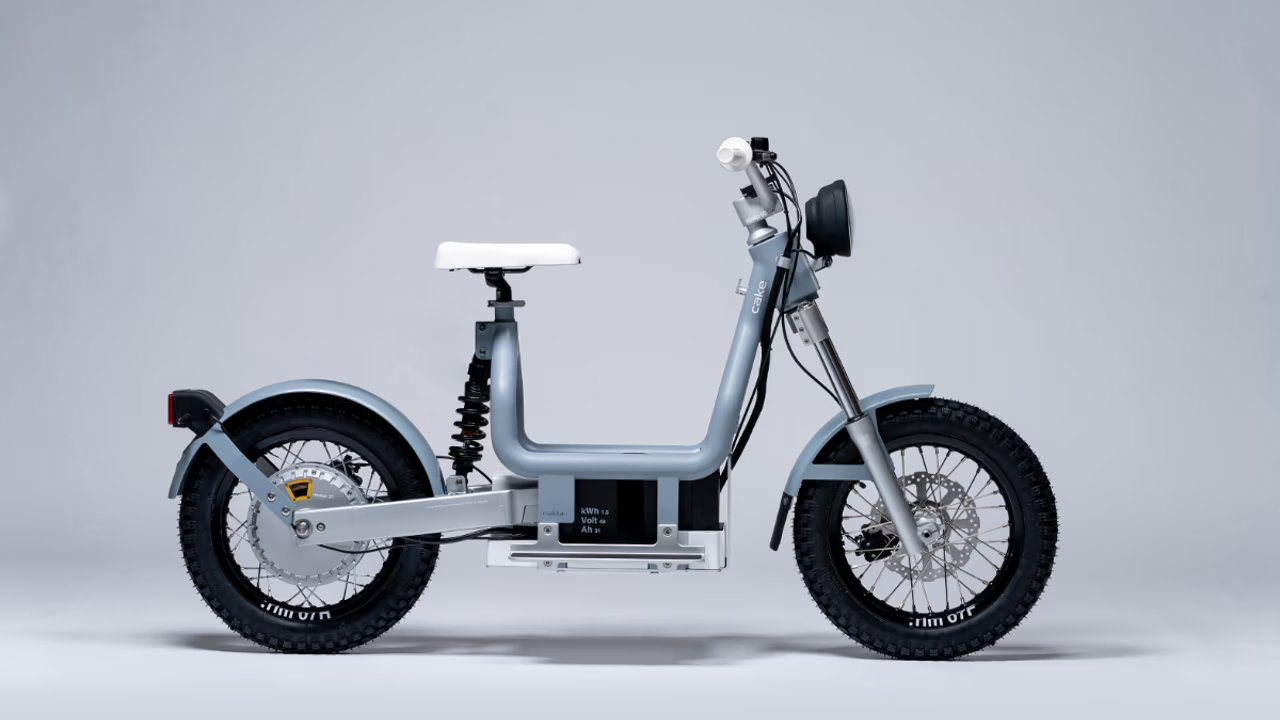Superpedestrian, a once-promising electric scooter company, has recently faced a major setback, leading to its demise. This event has raised concerns about the future of the e-scooter industry and its sustainability. Several factors, including financial challenges, unfavorable city regulations, and operational issues, have contributed to the downfall of Superpedestrian and other shared scooter businesses.
Key Takeaway
The collapse of Superpedestrian underscores the challenges facing the e-scooter industry, prompting a reexamination of business strategies and the role of venture capital in sustaining micromobility ventures.
The Downfall of Superpedestrian
Following an announcement of fresh funding and a potential merger, Superpedestrian made the decision to downsize, resulting in job cuts and operational restructuring. However, the anticipated funding and merger did not materialize, leading to the company’s abrupt closure. The shutdown of Superpedestrian has highlighted underlying problems within the shared micromobility industry, signaling a concerning trend.
Challenges Faced by the E-Scooter Industry
The demise of Superpedestrian is indicative of broader challenges faced by the shared micromobility industry. Issues such as lack of investment in marketing, failure to secure favorable city permits, and a disconnect between leadership and core business strategies have contributed to the industry’s struggles. Additionally, the reliance on venture capital funding and the dynamics of city partnerships have posed significant obstacles to the sustainability of e-scooter businesses.
Implications for the Future
As the shared micromobility industry undergoes a period of upheaval, there are lessons to be learned and opportunities for reevaluation. The need for a more sustainable business model, redefined city partnerships, and a shift away from reliance on venture capital are crucial considerations for the future of e-scooter companies. Despite the challenges, the growing demand for e-scooters and e-bikes in cities signifies a potential silver lining for the micromobility sector.

























